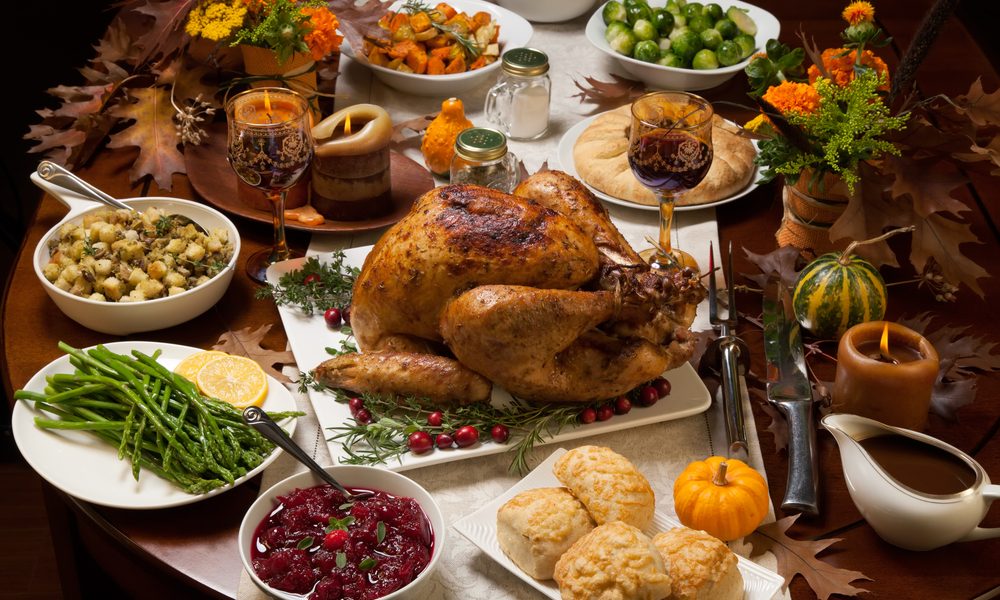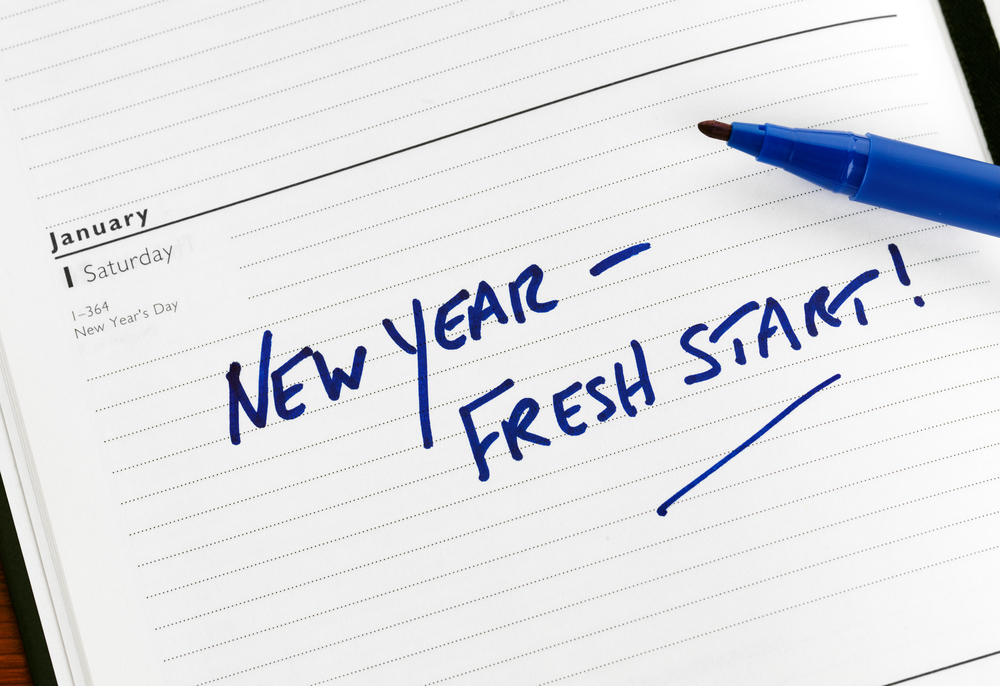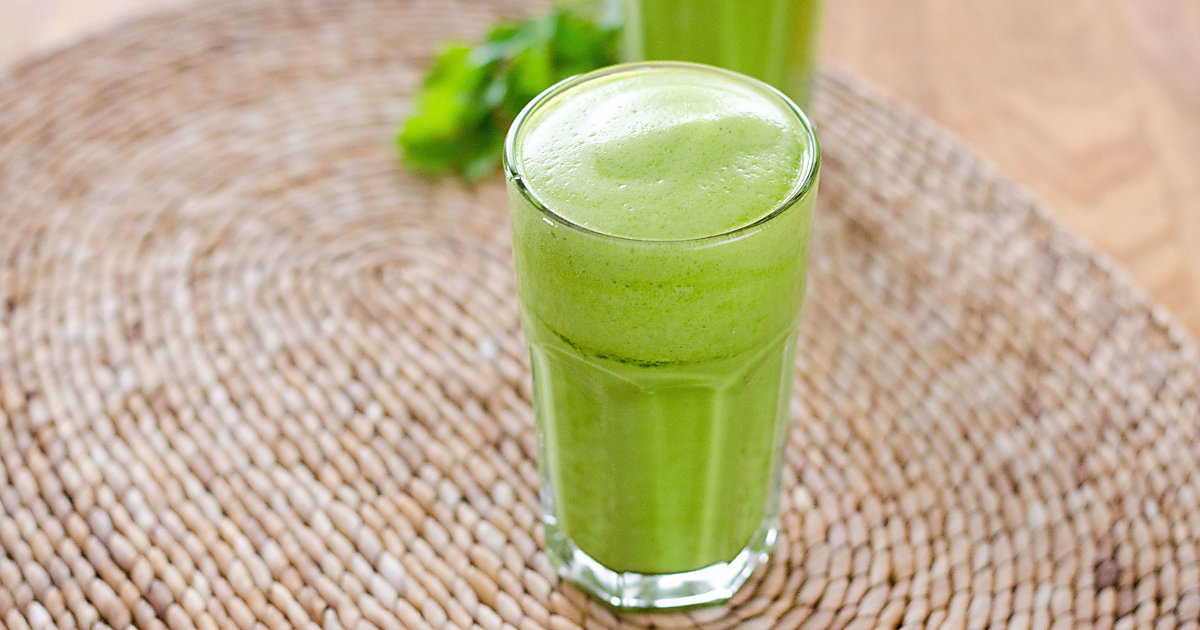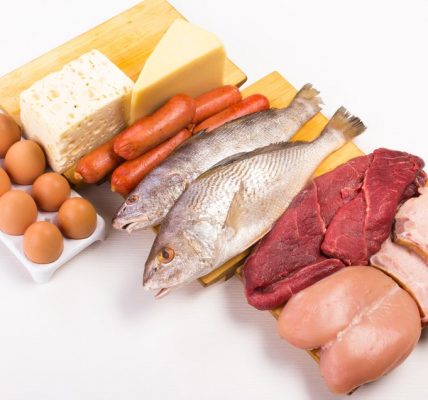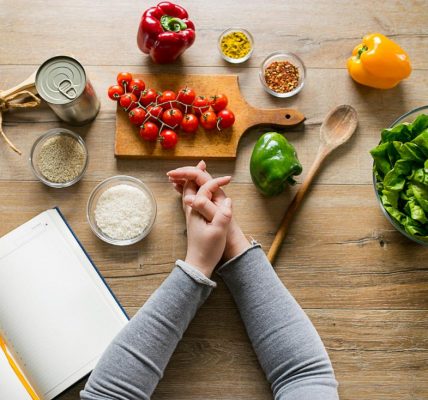The holidays are just around the corner, and we can’t wait to throw all of our notebooks out the window and head for home. The holidays bring all the things we love together: family, friends, relaxation, and—let’s not forget—food. No matter what you celebrate, at the center of all holidays is food, which is why it’s no coincidence that come spring semester we’ll need to tug a little harder to zip our zippers. Fortunately, you can still enjoy all of the festivities and indulge in all the holiday goodies without putting on extra holiday pounds. Just remember these simple tips, and you can have your holiday favorites without the bloat.
Tip 1: Don’t Starve Yourself All Day
Statistics show that 95% of people who skip meals are overweight because of the starving and binging cycle they partake in. Studies also show that going for long periods without eating anything can lead to short-term binges and long-term obesity. This happens because when you skip meals, your body goes into starvation or conservation mode and slows its metabolism in order to ration out the energy. The hunger signals that the brain sends out also become stronger as more time passes, thus setting you up for a binge—eating more food in one sitting than you would have if you had eaten constantly throughout the day.
Tip 2: Fats Are Your Friends
Not all fats are the same; healthy fats like poly- and monounsaturated fats lower LDL cholesterol levels and reduce your risks for heart disease. Fats also play a very important part in keeping you full so that you feel satisfied eating less of it than for any other macronutrient. Thanksgiving dishes made with canola, olive, and sunflower oils are great sources of these healthy fats. Yes, pies have some saturated fat, but it’s okay to enjoy them in moderation. When you eat pie in tandem with the healthy fats mentioned above, you’ll end up feeling satisfied after a smaller share because you have not restricted your body and your cravings will be under control. Additionally, some pies (think pecan) contain nuts that are rich in monounsaturated fats.
Tip 3: Don’t Overload Your Plate
Pretend like it’s a regular meal and serve yourself a normal-sized portion. We tend to mindlessly eat everything on our plates even if we’re no longer hungry. Try to listen to your body’s natural hunger cues and let them be your guide to determine when you have had your fill and when you could go for seconds.
Tip 4: Pace Yourself
It takes your brain twenty minutes to release the signal that your stomach is full, so if you’re scarfing down your mashed potatoes in order to make room on your plate for more, you’re not allowing your brain to register you’re full and deliver the message to your stomach. Practice savoring your food by eating a little slower and use this opportunity to take part in what Thanksgiving’s really about and engage in conversations with your family. Not only will it allow you to become aware of your satiety level, but you’ll also have a more memorable experience overall.
The bottom line is: eat throughout the day, eat healthy and filling fats, eat mindfully and savor you food, and don’t forget—it’s okay to treat yourself to some pumpkin pie. It is Thanksgiving after all.
Article by Elizabeth Lopez
Feature Image Source: Cardio Express
